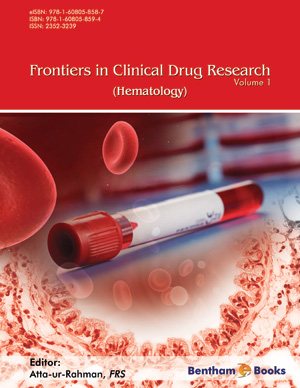Abstract
Aspirin (acetylsalicylic acid, ASA) is widely used in the secondary prevention of cerebrovascular diseases (CVD). The double function of the drug is considered in vascular diseases. The antithrombotic effect of ASA is dependent on inhibition of TxA2-induced platelet activation whereas the anti-inflammatory effect of ASA may be secondary to decreased platelet activation or it may be directly related to the NF-B-dependent induction of adhesion molecules in endothelial cells followed by monocyte adhesion. There are only a few conflicting data concerning the impact of ASA on platelet pro-inflammatory activation markers. The effectiveness of aspirin in vascular diseases was confirmed in the cited milestone large clinical trials and ASA is recommended by international scientific societies as the antiplatelet drug of first choice in prevention of vascular disease. The role of acetylsalicylic acid is extensively studied for its nonvascular effects as well. The background for experimental and clinical studies, as well as for meta-analyses, is the involvement of inflammatory pathomechanisms of neurodegeneration. Microglial activation and modification of the inflammatory processes in the central nervous system by acetylsalicylic acid and its neuroprotective potential will be discussed in the light of expected clinical benefits. Aspirin’s effect on the course of Parkinson’s or Alzheimer’s disease remains ambiguous in the clinical studies; therefore meta-analyses focus on identification of the drug’s advantages. Up-regulated degradation of the drug by the spectrum of esterases will be presented in relation to the practical aspects of aspirin administration. Moreover, aspirin may inhibit carcinogenesis apparently through inhibition of COX-2, induction of apoptosis and its favourable effect on the DNA mismatch repair system. The limited effectiveness of ASA may result from the phenomenon of biochemical or clinical aspirin resistance. Both pharmacokinetic and pharmacodynamic factors or disease-related mechanisms may be involved. Laboratory assays used for detection of aspirin resistance require optimization, which will be discussed from the point of view of good laboratory practice and clinical usefulness. Widely used ASA should be considered as a drug modifying the results of routine laboratory tests. The interpretation of results (e.g. creatinine, amylase, valproate) in aspirin-treated patients involves drug interference with the laboratory assays. Finally, the risk of aspirin-related complications of invasive procedures and diagnostic tests (e.g. lumbar puncture, electromyography, angiography) is considered in everyday neurological practice.
Keywords: Acetylsalicylic acid, cerebrovascular diseases, neurodegeneration, gliomas, “aspirin resistance”.






















